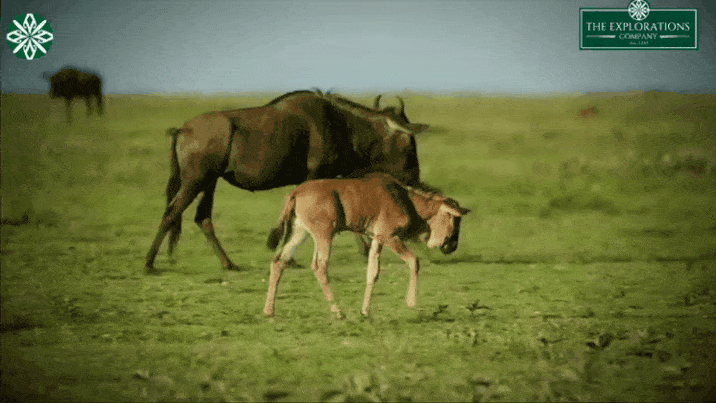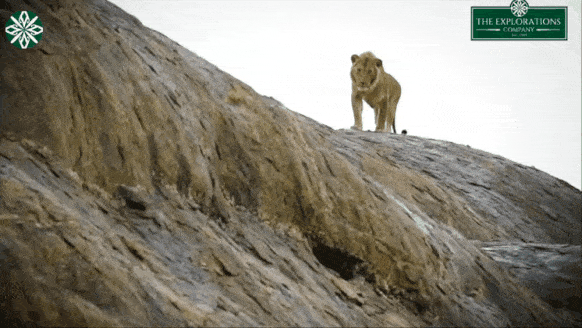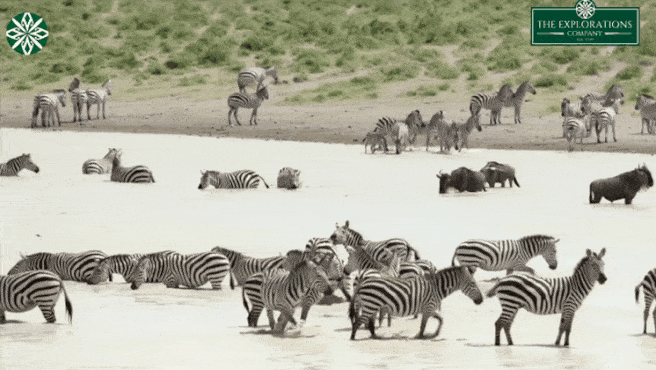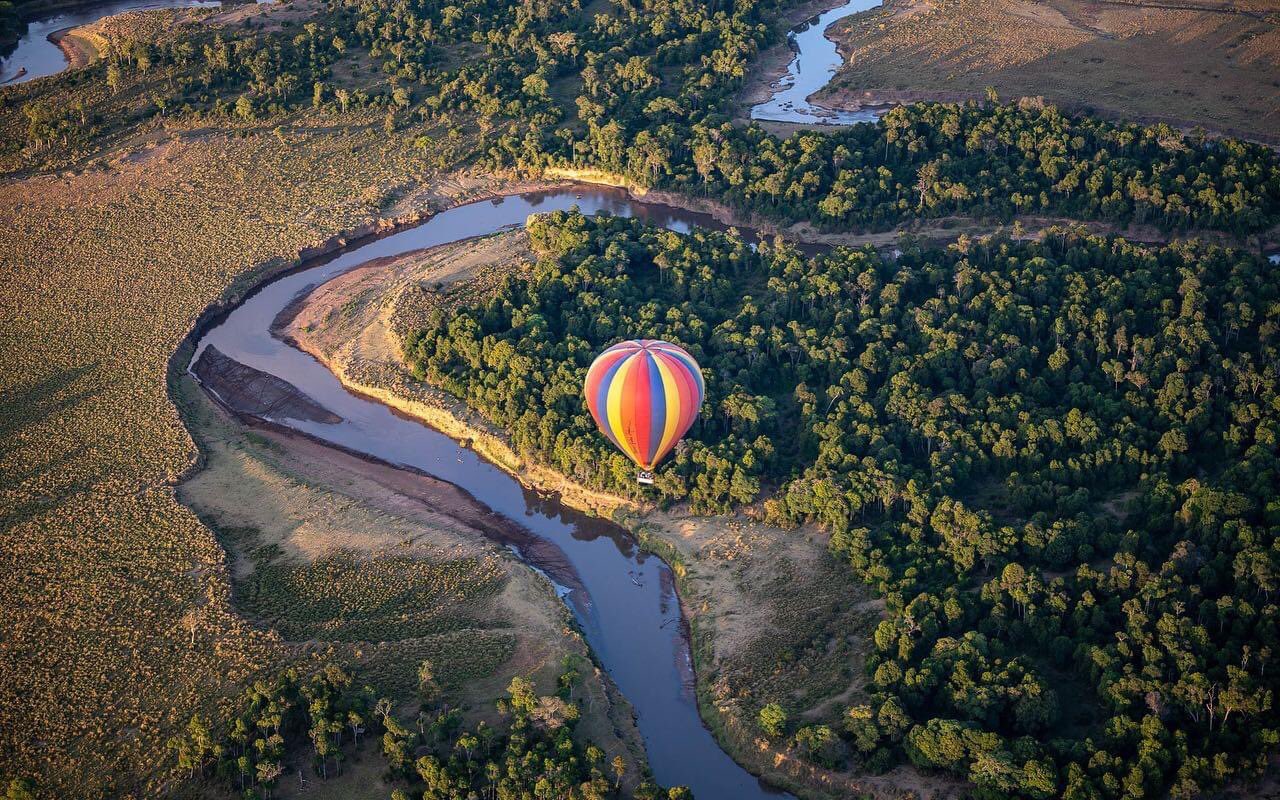The great migration between the Serengeti National Park in Tanzania and the Maasai Mara National Reserve in Kenya is a breathtaking natural phenomenon that captivates both wildlife enthusiasts and nature lovers alike.
This annual event sees millions of wildebeest, zebras, and other herbivores embark on an epic journey in search of fresh grazing and water.
In this article, we will delve into the details of this awe-inspiring migration and explore its significance in the Serengeti-Maasai Mara ecosystem.
1. Understanding the Great Migration:

The great migration is a cyclical movement that occurs between the Serengeti and Maasai Mara.
It covers a distance of approximately 800 kilometers (500 miles).
It typically takes place from July to October, although the exact timing can vary depending on environmental factors.
The migration is driven by the need for sustenance, as the herbivores follow the seasonal rains and lush grasslands.
2. Reasons for Migration:
The primary motivation behind the migration is the search for fresh grazing and water.
As the dry season progresses in the Serengeti, the herbivores instinctively move northwards in search of greener pastures.
Once the rains arrive in the Maasai Mara, they make their way back southwards.
This cyclical movement ensures that the animals have access to food and water throughout the year, allowing them to survive and thrive in this challenging environment.

3. The Wildlife Spectacle:
Witnessing the great migration is an awe-inspiring experience.
The vast herds of wildebeest and zebras, numbering in the millions, create a mesmerizing sight as they traverse the open plains, rivers, and woodlands.
The migration also attracts predators such as lions, cheetahs, and crocodiles, who eagerly await the opportunity to prey on the weaker members of the herds.
This interplay between predator and prey adds an extra layer of drama to this natural spectacle.

3. Conservation Importance:
The great migration holds immense ecological significance.
It sustains the delicate balance of the Serengeti-Maasai Mara ecosystem, ensuring the survival of numerous species.
The constant movement of the herbivores helps to disperse seeds, fertilize the soil, and prevent overgrazing in specific areas.
Additionally, the migration supports the local economies of Tanzania and Kenya, as it attracts tourists, generating revenue for conservation efforts and creating employment opportunities.

4. Challenges and Threats:
Despite its magnificence, the great migration faces several challenges and threats.
The increasing human population around the Serengeti and Maasai Mara regions has led to habitat encroachment, resulting in wildlife and human conflicts.
Poaching, illegal hunting, and climate change also pose significant threats to the migration’s long-term sustainability.
Conservation organizations like Serengeti watch and local communities are working tirelessly to address these issues and protect the future of this remarkable event.
5. Conservation Efforts:
Numerous conservation efforts are in place to safeguard the great migration.
Governments, wildlife organizations, and local communities collaborate to implement anti-poaching patrols, establish protected areas, and promote sustainable tourism practices.
Education and awareness programs play a crucial role in engaging visitors and local residents alike.
It’s emphasizing the importance of conservation and the need to protect this natural wonder for future generations.
6. Ecotourism and Responsible Travel:

Visiting the Serengeti and Maasai Mara during the great migration provides a unique opportunity to witness one of nature’s most remarkable events in the world.
However, it is essential to practice responsible travel.
Ensure that your presence does not disrupt or harm the delicate ecosystem.
Some of the crucial steps towards preserving this extraordinary wildlife spectacle are:-
- Respecting animal habitats
- Adhering to park rules and regulations
- Supporting responsible tour operators who prioritize sustainability
Conclusion:
The great migration between the Serengeti and Maasai Mara is a testament to the wonder and resilience of the natural world.
It reminds us of the interconnectedness of all living beings and the need to protect and conserve our planet’s biodiversity.
By supporting conservation efforts and practicing responsible travel, you can ensure that future generations will continue to see this breathtaking display of nature.
Plan your journey, witness the great migration, and become a steward of this remarkable wildlife event.




